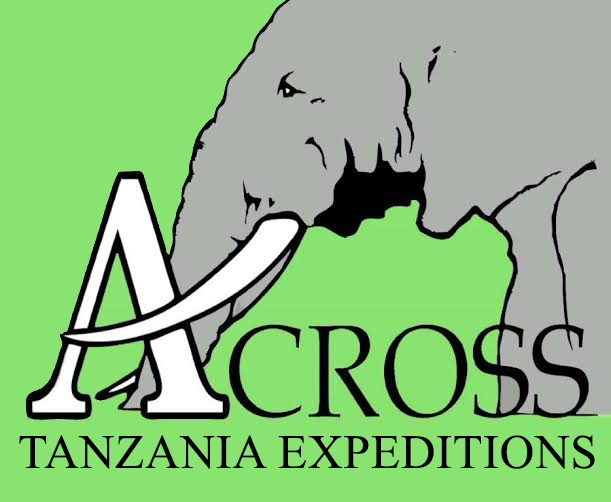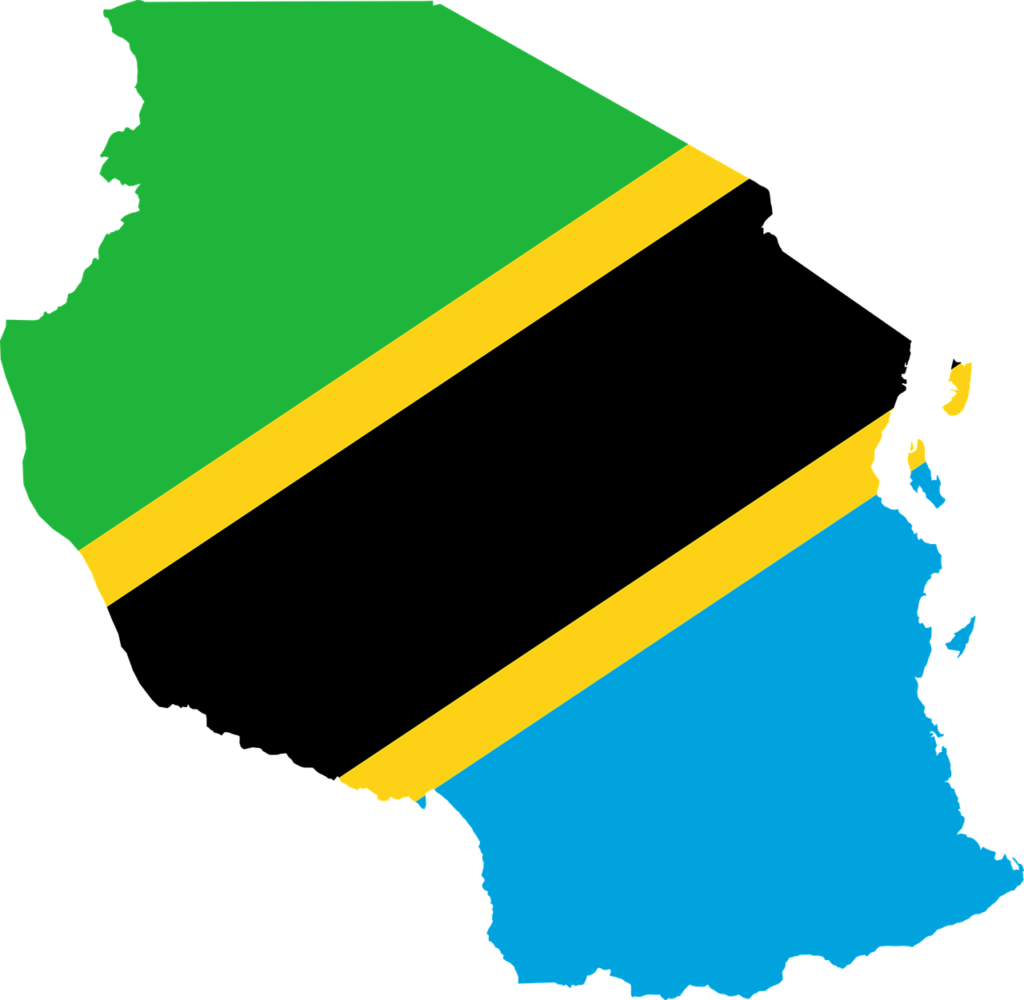Kilimanjaro National Park
At 5896m Mt Kilimanjaro, Africa’s highest mountain and one of the continent’s magnificent sights, It has three main volcanic peaks, Kibo, Mawenzi, and Shira. The name itself “Kilimanjaro” is a mystery wreathed in clouds. It might mean Mountain of Light, Mountain of Greatness or Mountain of Caravans.
Above the gently rolling hills and plateau of northern Tanzania rises the snowy peak of Mt. Kilimanjaro, it’s slopes and glaciers shimmering above the rising clouds. Kilimanjaro is located near the town of Moshi and is a protected area, carefully regulated for climbers to enjoy without leaving a trace of their presence. The mountain’s ecosystems are as strikingly beautiful as they are varied and diverse. On the lowland slopes, much of the mountain is farmland, with coffee, banana, cassava, and maize crops grown for subsistence and cash sale. A few larger coffee farms still exist on the lower slopes, but much of the area outside the national park has been subdivided into small plots. Once inside the park, thick lowland forest covers the lower altitudes and breaks into alpine meadows once the air begins to thin. Near the peak, the landscape is harsh and barren, with rocks and ice the predominant features above a breathtaking African view.
Getting there
– 128 km (80 miles) from Arusha.
– About one hour’s drive from Kilimanjaro airport.
Climbing Kilimanjaro
Climbing Mt. Kilimanjaro is the highlight of most visitors’ experiences in Tanzania. Few mountains can claim the grandeur, the breathtaking views of Amboseli National Park in Kenya, the Rift Valley, and the Masaai Steppe, that belongs to Kilimanjaro. Hiking on the ‘rooftop of Africa’ — the highest point on the continent at 5896 meters — is the adventure of a lifetime, especially because, if paced well, everyone from seasoned trekkers to first-time enthusiasts can scale the snowy peak. For more information, see the ‘Mountain Climbing‘ section under ‘Things to Do.
What to Do
– Six usual trekking routes to the summit and other more-demanding mountaineering routes.
– Day or overnight hikes on the Shira plateau. Nature trails on the lower reaches.
– Trout fishing.
– Visit the beautiful Chala crater lake on the mountain’s southeastern slopes.
Best Time to Visit
You can practically freeze at night in Arusha during the drier months (June to October) when the occasional cold front sweeps through. But that’s the only real challenge of visiting at this time. The wildlife watching is at its best, and the sunshine at its brightest. The wetter months mainly appeal to those keen to see the arrival of migratory birds.


